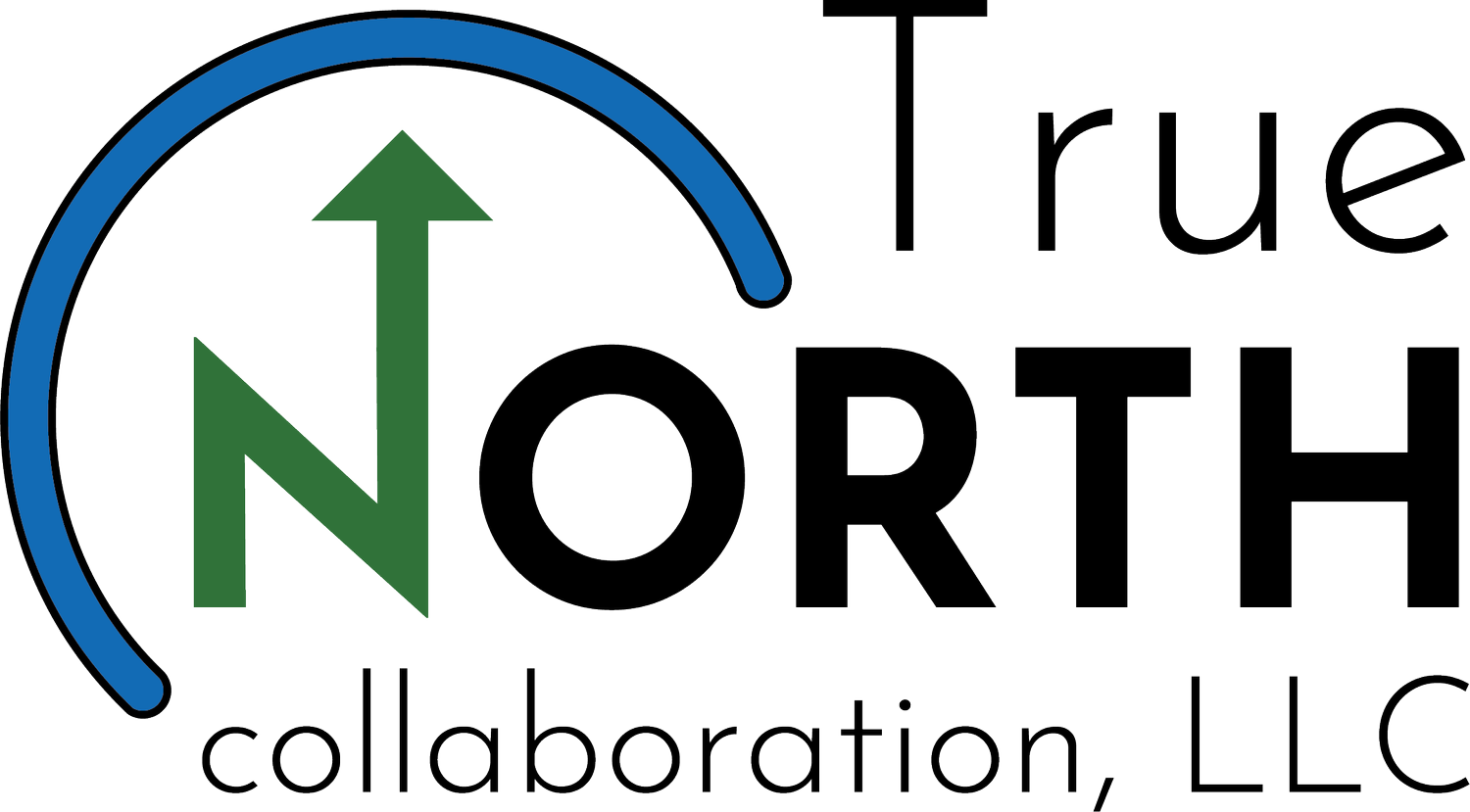Beware of Dangers Lurking in Your Workplace
The Risk of Employee Disengagement: A Story - Part One
In the bustling city of Finville, a fintech named Payforma was making waves in the world of financial services. Armed with cutting-edge solutions and innovative ideas, they seemed destined to conquer the world of financial technology. However, hidden beneath their facade of success, a growing menace threatened to dismantle their aspirations. Deep within the sleek walls of Payforma's headquarters, the sinister roots of disengagement appeared within the operations and sales teams. This silent adversary cast a dark shadow over the company's prospects, as key employees, meant to drive growth, found themselves drifting through their workdays without motivation or inspiration.
Within the operations department, the consequences of disengagement revealed a series of costly errors and inefficiencies. Once a well-oiled machine, the cohesion across the team had crumbled, and careless mistakes began to infiltrate even the most crucial transactions. Delays became routine, and clients, expecting the impeccable service of a fintech leader, grew increasingly frustrated. The company's financial health began to erode as precious resources were drained by refunds and regulatory penalties.
On the sales front, disengaged employees painted a grim picture.
The team, which had a stellar reputation for its ambitious, yet disciplined, ability to achieve its aggressive sales targets, had lost its drive. Prospective clients detected the lack of enthusiasm and turned away, tarnishing Payforma's reputation as a reliable financial partner. Revenue projections faltered, and a sense of unease rippled through the investor community.
Payforma, specializing in payments outsourcing for small to mid-sized businesses, aimed to secure Fortune 500 clients and expand their technical capabilities. Their range of offerings, from traditional paper-based payments to cutting-edge API-enabled services, held great promise. However, their rapid growth had outpaced the attention given to organizational structure, governance, and policies, resulting in an inconsistent customer experience. Needless to say, these circumstances caused great concern for Payforma’s Board.
To restore the firm to its former glory, Frank Lee Facts, a seasoned CEO renowned for turnarounds, was appointed to lead Payforma out of its downward cycle. A staunch advocate for data-driven decision-making, Frank placed his faith in numbers and facts, relegating the "soft people stuff" to the back burner. His strategic focus on technology, new talent, and product development left the People Agenda languishing at the bottom of the priority list.
Unfortunately, the company's disregard for the importance of engaged employees came at a steep cost.
A series of public humiliations, triggered by operational errors and customer mistreatment, culminated in the retraction of committed funding from investors on the brink of finalizing their support. With financial resources at a premium, Payforma was forced to reassess its priorities, salvaging what remained of its reputation and confidence.
During this crisis, the behaviors of two employees, Debbie Downtrodden and Rik Reckless, illustrated dire consequences of disengagement. Debbie, a once-shining star with 10 years of service, had fallen from grace. Her frequent absences, strained team relationships, and preference for hourly cigarette breaks were symptomatic of her disengagement. The high turnover and lack of proper training within her department created an environment of burnout and frustration. Debbie's frequent angry outbursts at colleagues and her failure to recognize her team's achievements fostered a culture of discontent. Her errors, including a million-dollar typo and involvement in a payment release for a money-laundering organization, dealt a severe blow to both client trust and the company's reputation.
Rik Reckless, with eight years under his belt as a junior analyst, was unwillingly transferred into a sales role due to a lack of alternative candidates. His dissatisfaction with the position, coupled with a refusal to adapt, echoed the broader issues of disengagement. Rik's poor problem-solving skills, neglect of details, and fractured relationships extended beyond his job performance, impacting his interactions with both colleagues and clients. His inability to meet commitments, violation of procedures, and subpar workmanship triggered a cascade of repercussions, including unauthorized pricing and a series of dubious deals. These missteps not only undermined the company's financial standing but also eroded trust among clients, with one significant case escalating to potential regulatory involvement and negative press.
As the storm of disengagement raged on, the true impact of employee errors became painfully evident.
While the strategic focus on technology and financial stability had merit, Frank Lee Facts was forced to admit that the neglect of the "soft people stuff" led to a cascade of operational and brand damage. With each erroneous transaction mishandled and each disgruntled client lost, Payforma's potential for greatness slipped further away.
The once-promising startup found itself grappling with the aftermath of a disengaged workforce, struggling to salvage its reputation, rebuild client trust, and regain the confidence of investors.
Ultimately, the tale of Payforma serves as a stark reminder of the tangible risks associated with disengaged employees. In the complex world of financial technology, the hunger for innovation, and data-driven decisioning must be complemented by a commitment to a motivated and engaged workforce. By recognizing the pivotal role employees play in shaping a company's success, organizations can avoid the pitfalls that befell Payforma and forge a path towards sustained growth, operational excellence, and enduring brand integrity.
Stay tuned to see how Payforma responds to its crisis…
In the meantime, you can learn valuable tips on engagement with our free guide.
Learn key insights into employee engagement and the importance of skilled leadership communication by visiting my video resources here.
Here’s a list of some of our most popular resources:
Leading Elevated Conversations
Accelerating Into Leadership
Onboarding Accelerator
Communicating With Influence
